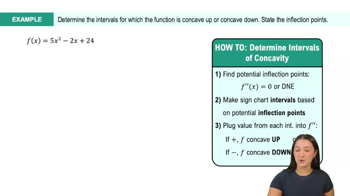51. Frictionless cart A small frictionless cart, attached to the wall by a spring, is pulled 10 cm from its rest position and released at time t = 0 to roll back and forth for 4 sec. Its position at time t is s = 10 cos πt.
a. What is the cart's maximum speed? When is the cart moving that fast? Where is it then? What is the magnitude of the acceleration then?





